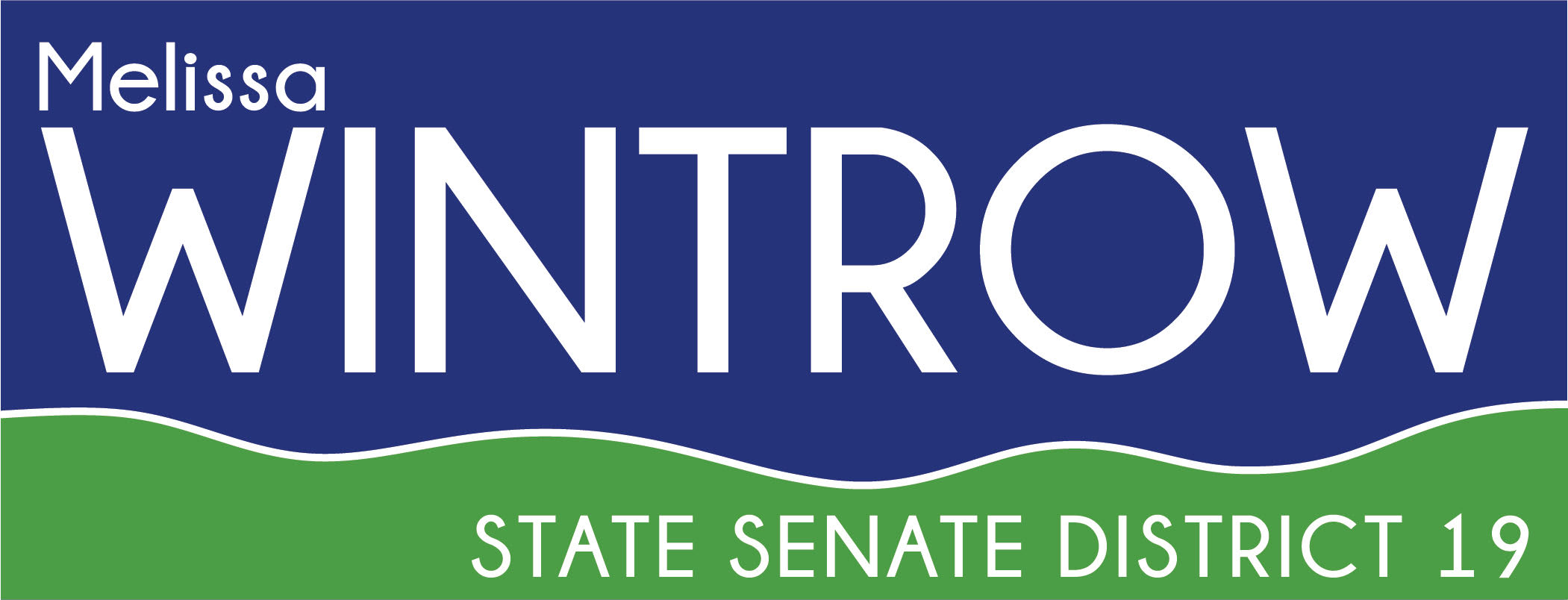The greatest generation invested billions of their dollars i nto the world’s greatest infrastructure – now our generation is locked in a struggle to save our transportation system after years of neglect.
nto the world’s greatest infrastructure – now our generation is locked in a struggle to save our transportation system after years of neglect.
In his State of the State address, Governor Otter gave two priorities – educational investment first and infrastructure second. With the added caveat that he would “not entertain proposals [for transportation funding] aimed at competing for General Fund tax dollars with education or other required public programs or services.” Otherwise, he left the process of finding a solution to the Idaho legislature. He spoke very little about the nuances of how to pay for the repairs of Idaho’s 785 failing bridges. Many of these bridges, 50 years or older, are considered to be structurally deficient, presenting a safety hazard – a number that if kept unchecked could grow close to 900 by 2019.
Last week, Idaho Transportation Department Director, Brian Ness, presented ITD’s annual report to a joint session of the House and Senate Transportation Committees. Ness sited theGovernor’s Task Force on Transportation report that states Idaho needs $262 million per year to maintain its bridges and roadways. According to the task force, the legislature is underfunding ITD by nearly $543 million a year.
There are many options to effectively fund the repair of our bridges and roadways – including gas taxes and registration fees. Each has significant drawbacks. For every 1-cent increase in the gas tax, it would only provide about 9 million dollars toward repairs. This could get very costly for Idaho and District 19 residents. Raising vehicle registration fees is complex and would need to incorporate user fees based on weight or distance to remain fair.
It is a complex issue to resolve and we need to consider a variety of strategies to maintain fairness for Idahoans.
While repairs are essential, we also need to think beyond bridges and potholes. District 19 and Boise needs more visionary strategies including the funding of public transit throughout the state to reduce traffic congestion and to provide reliable transportation for Idaho’s workers.
